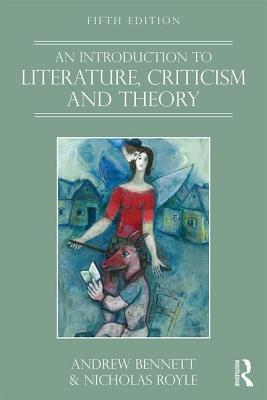What do you think?
Rate this book


425 pages, Paperback
First published January 1, 1960
nothing is sacred in and of itself. . . . Ideas, texts, even people can be made sacred – the word is from the Latin sacrare, ‘to set apart as holy’ – but . . . the act of making sacred is in truth an event in history. It is the product of the many and complex pressures of the time in which the act occurs. And events in history must always be subject to questioning, deconstruction, even to declaration of their obsolescence.
the moment of decision is madness
They fuck you up, your mum and dad’
Literary texts are embedded within the social and economic circumstances in which they are produced and consumed.
Narrative power, then, may be the only strategy left for the weak and dispossessed: without narrative power, they may not be heard.
Samuel Beckett’s characterization of the work of James Joyce: ‘writing is not about something; it is that something itself
The story is our escort; without it we are blind. Does the blind man own his escort? No, neither do we the story; rather it is the story that owns us and directs us. It is the thing that makes us different from cattle; it is the mark on
the face that sets one people apart from their neighbours.
Teach me half the gladness
That thy brain must know,
Such harmonious madness
From my lips would flow
The world should listen then—as I am listening now.
I wish either my father or my mother, or indeed both of them, as they were in duty both equally bound to it, had minded what they were about when they begot me; had they duly consider’d how much depended upon what they were then doing;—that not only the production of a rational Being was concern’d in it, but that possibly the happy formation and temperature of his body, perhaps his genius and the very cast of his mind;—and, for aught they knew to the contrary, even the fortunes of his whole house might take their turn from the humours and dispositions which were then uppermost:—Had they duly weighed and considered all this, and proceeded accordingly,—I am verily persuaded I should have made a quite different figure in the world, from that, in which the reader is likely to see me.